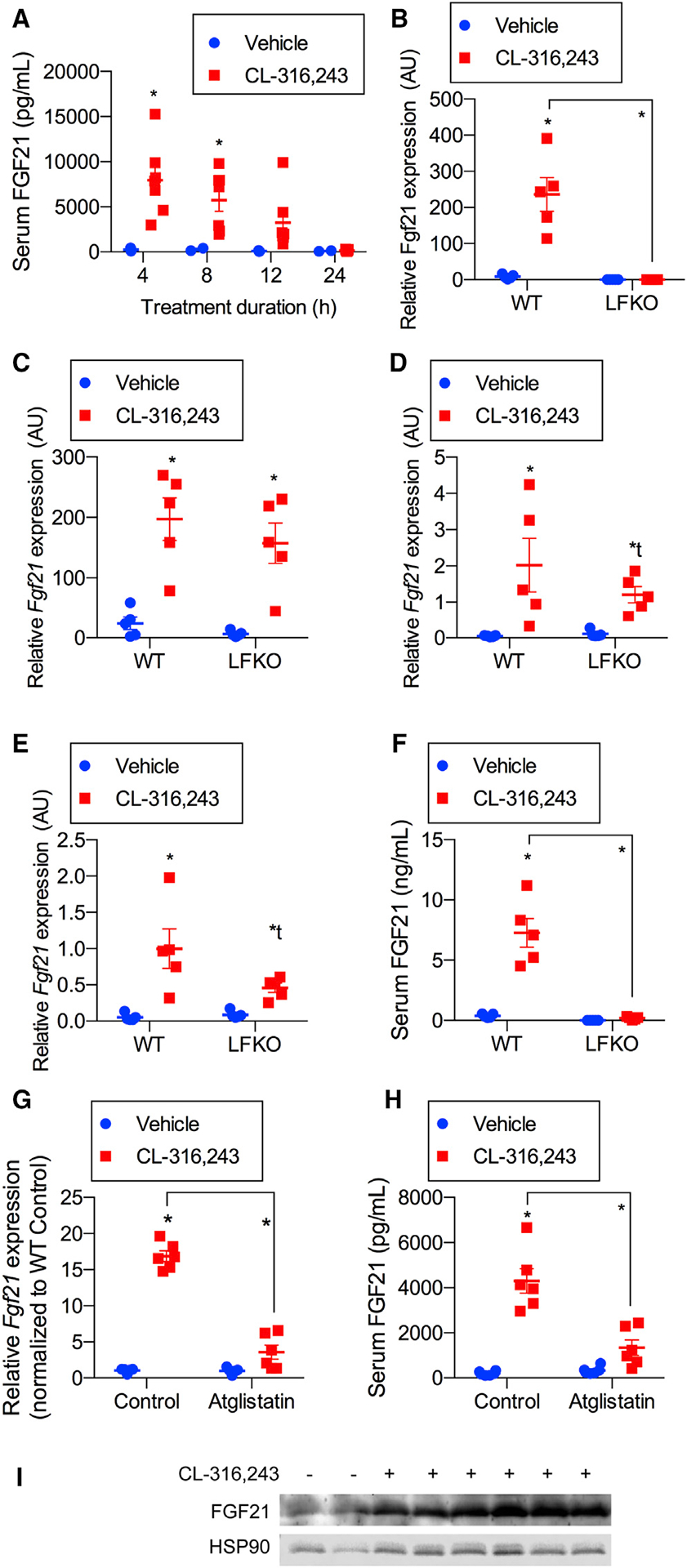Figure 2. Circulating FGF21 is derived exclusively from the liver in mice treated with adrenergic agonists because of stimulation of adipocyte lipolysis.

(A) Serum FGF21 time course following intraperitoneal injection of 1 mg/kg CL-316,243 or vehicle (0, 4 h, 8 h, 12 h, and 24 h). n = 6 CL-316,243 (CL) and 3 vehicle-treated animals per time point.
(B–E) WT-mice and LFKO (liver-specific Fgf21 KO) mice treated with 1 mg/kg CL or vehicle treatment. n = 5 mice per genotype per treatment. Fgf21 mRNA expression after 4-h treatment in (B) the liver, (C) brown adipose tissue (BAT),(D) inguinal WAT (iWAT), and (E) epididymal WAT (eWAT).
(F) Serum FGF21 4 h after treatment.
(G and H) Liver Fgf21 mRNA expression (G) and serum FGF21 (H) from ageand weight-matched mice pretreated with 50 μM atglistatin for 30 min, followed by 1 mg/kg CL treatment for 4 h. n = 6 animals per treatment group.
(I) Western blot analysis of FGF21 protein from protein lysates isolated from iWAT after treating the mice as in (A) for 4 h. n = 2 vehicle-treated and 6 CL-treated mice. Data presented as mean ± SEM.
*p < 0.05 from Holm-Sidak post hoc analysis after significant two-way ANOVA for vehicle versus treated group unless otherwise indicated with a line.
